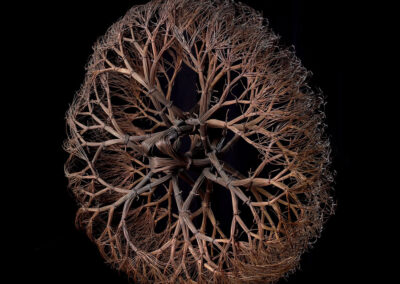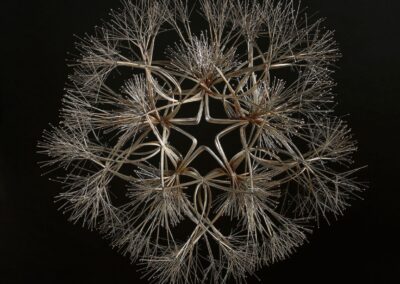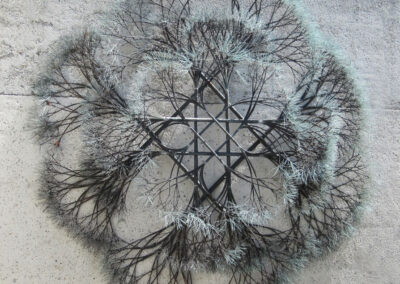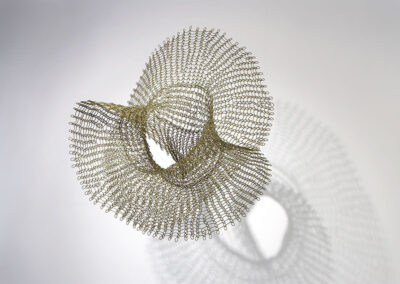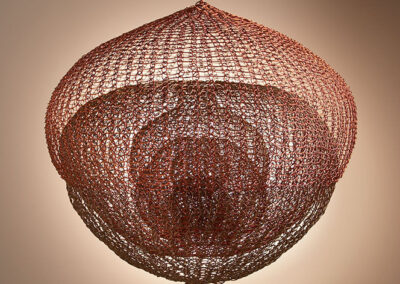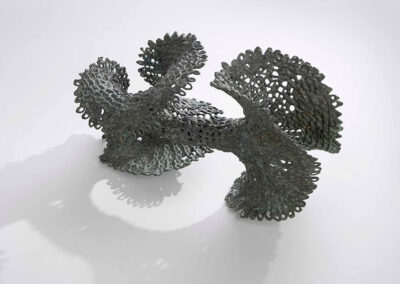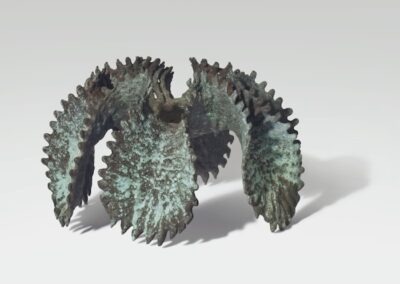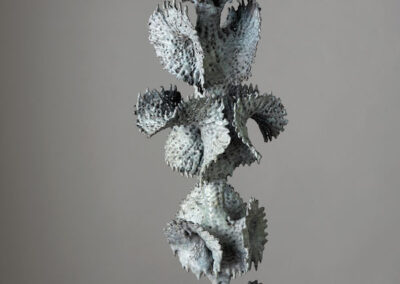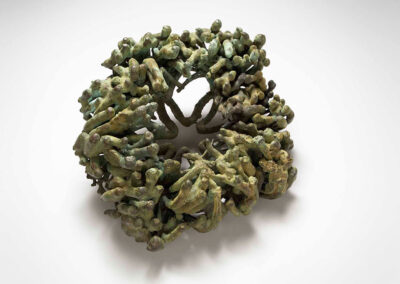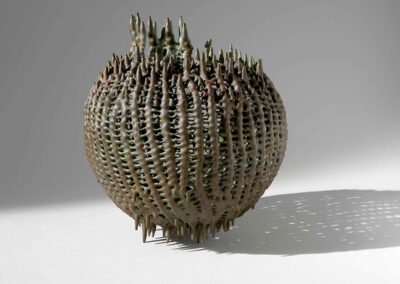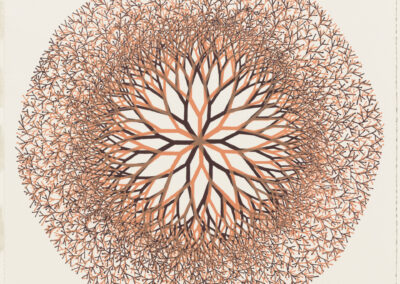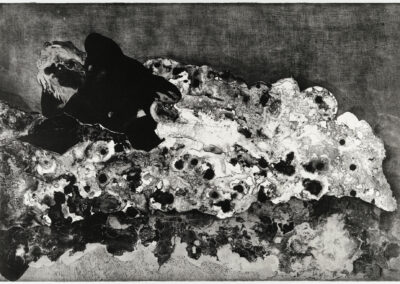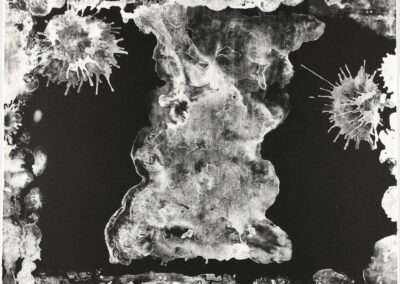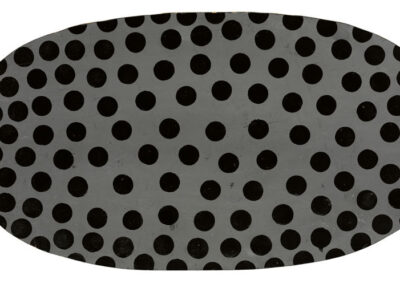Our next Artist You Need To Know is artist, activist and art educator Ruth Asawa (1926 – 2013). She is often described as a modernist sculptor, but her works are more nuanced than that. Her works have an ephemeral quality (perhaps an element from how the American desert helped shape her aesthetic, both barren and yet with delicate, engaging qualities) and are as much about space and form as the materials she employed.
In 2020, the United States Post Office issued a set of ten stamps featuring Ruth Asawa’s ‘airy’ wire sculptures : considering that Ruth Aiko Asawa marked the beginning of her arts education from her family’s imprisonment – among the thousands of American citizens of Japanese descent – during World War II, her success demonstrate why her legacy (as an artist and educator) makes her an artist you need to know.
“My curiosity was aroused by the idea of giving structural form to the images in my drawings. These forms come from observing plants, the spiral shell of a snail, seeing light through insect wings, watching spiders repair their webs in the early morning, and seeing the sun through the droplets of water suspended from the tips of pine needles while watering my garden.”
Asawa was born on a farm in Southern California, and while she and her family were in a prison camp during WW II she – as a teenager – began taking classes in painting and drawing. Afterwards, Asawa wanted to be a teacher but was discriminated against in this field for her Japanese heritage. Despite this institutional racism, she enrolled at Black Mountain College (1946 – 1949), an experimental art school in North Carolina : while there, her teachers and colleagues included Josef Albers, Robert Rauschenberg, Merce Cunningham, and R. Buckminster Fuller. (from MOMA)
Despite the hurdles in her path, Asawa became a significant arts education advocate and strong voice for art in the public sphere : she “had a passionate commitment to and was an ardent advocate for art education as a transformative and empowering experience, especially for children. In 1968, she was appointed to be a member of the San Francisco Arts Commission and began lobbying politicians and charitable foundations to support arts programs that would benefit young children and average San Franciscans. Asawa helped co-found the Alvarado Arts Workshop for school children in 1968. In the early 1970s, this became the model for the Art Commission’s CETA/Neighborhood Arts Program using money from the federal funding program, the Comprehensive Employment and Training Act, which became a nationally replicated program employing artists of all disciplines to do public service work for the city.”
“Art is for everyone. It is not something that you should have to go to the museums in order to see and enjoy.”
Asawa began receiving commissions for large-scale sculptures in public and commercial spaces in the 1960s and this was a major aspect of her art. A number of her notable public artworks include Andrea (1966, Ghirardelli Square, San Francisco, California), Fountain (1973, Union Square, San Francisco, California), Fountains (1976, The Buchanan Mall (Nihonmachi), San Francisco, California), the Japanese – American Internment Memorial Sculpture (1994, San Jose, California) and The Garden of Remembrance (2002, San Francisco State University, San Francisco, California). Several of her wire sculptures are on permanent display in the tower of San Francisco’s de Young Museum in Golden Gate Park : a public art map of her many works can be explored here.
Her artworks can be found in the collections of the Solomon R. Guggenheim Museum (New York), the Museum of Contemporary Art Los Angeles, Museum of Fine Arts Houston, MOMA, the National Portrait Gallery, Smithsonian Institution (Washington, D.C.), Oakland Museum of California, the San Francisco Museum of Modern Art, the San Jose Museum of Art, the Whitney Museum of American Art (New York) and many others.
A more complete listing of her achievements and awards can be seen here.
“It doesn’t bother me. Whether it’s a craft or whether it’s art. That is a definition that people put on things. And what I like is the material is irrelevant. It’s just that that happens to be material that I use. And I think that is important. That you take an ordinary material like wire and…you give it a new definition.”
““…I am fascinated by the possibilities of transforming cold metal into shapes that emulate living organic forms.”
The sculptures we’ve shared above span decades of Asawa’s practice : details about their construction and her aesthetic can be found here.
Asawa died of natural causes on August 5, 2013 in San Francisco : she was 87. Besides the aforementioned honour of a set of U.S. Postage Stamps being created around her artwork, a Google Doodle for May 1, 2019, the first day of Asian Pacific American Heritage Month, was also created to commemorate her work and accomplishments. As a further recognition of her importance, in 2010 the San Francisco School of Arts – which she was instrumental in terms of its founding and activities – was renamed the Ruth Asawa San Francisco School of the Arts.
Much more about her life and legacy – and many more of her unique artworks – can be seen here. This site also offers video walkthroughs of a number of her exhibitions and installations.

